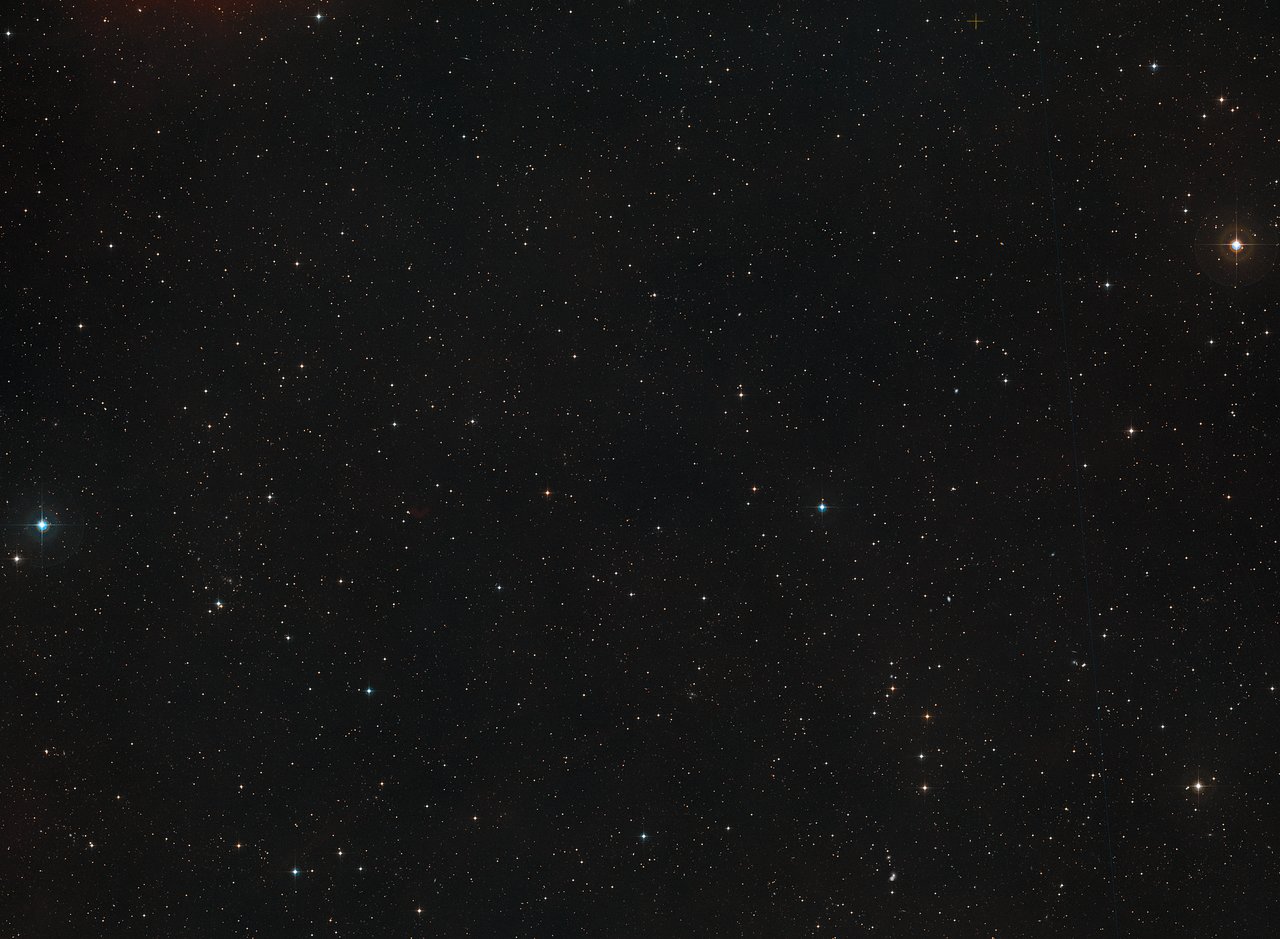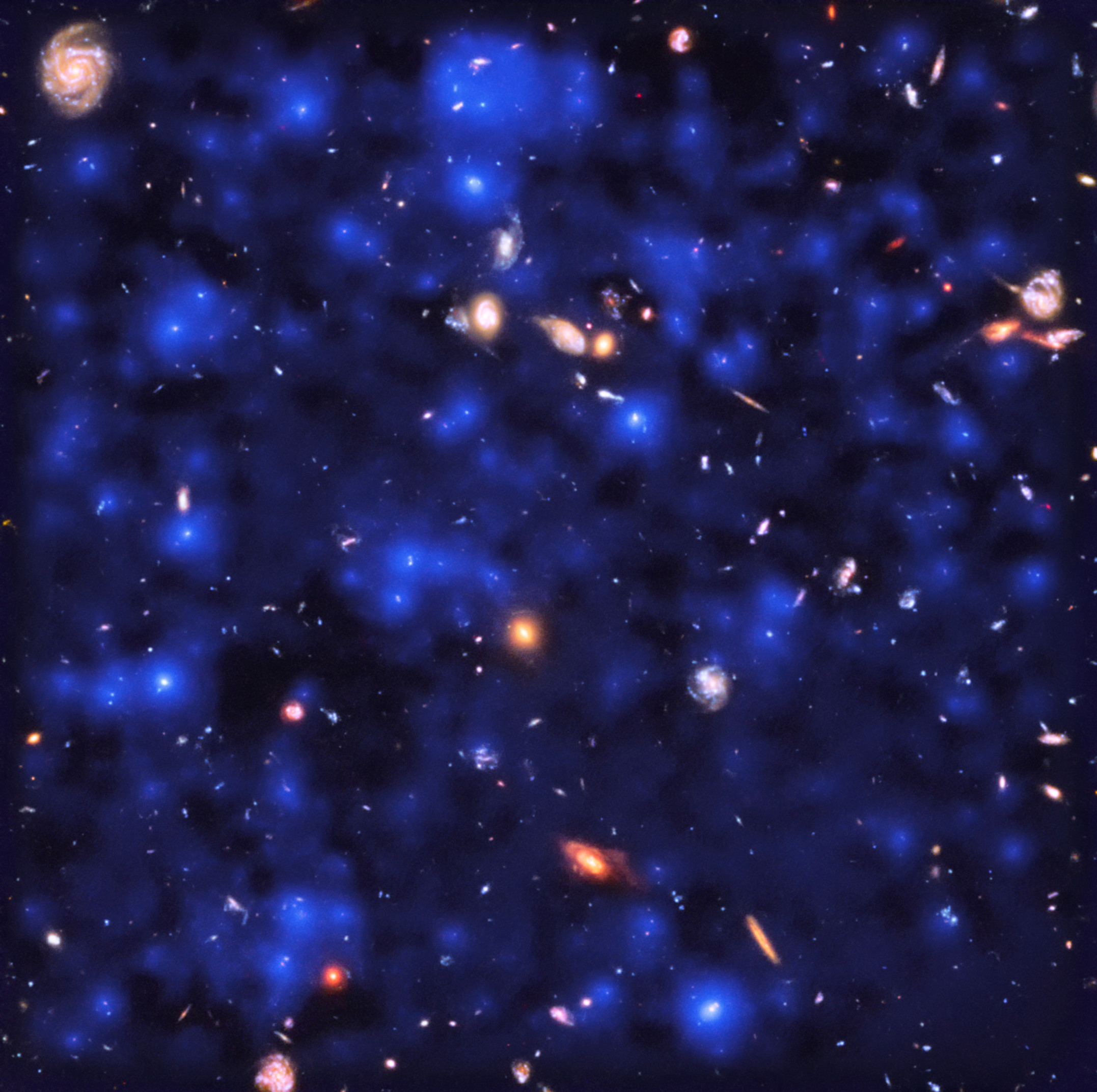What is there in the space between the oldest galaxies?
Nothing? Not quite, which you can see with just a quick glance at the picture below. Images taken by the MUSE spectrograph on the European Southern Observatory’s (ESO) Very Large Telescope (VLT) show the exact opposite. Using the MUSE instrument on the VLT, an international team of astronomers led by Lutz Wisotzki, professor for observational cosmology at the Leibniz Institute for Astrophysics Potsdam (AIP) and the University of Potsdam, discovered an unexpected abundance of so-called Lyman-alpha emission in a region of the Fornax constellation that had been mapped with particular precision by the Hubble Space Telescope in 2004, the Hubble Ultra Deep Field (HUDF) region.
These special emissions are produced from atomic electron transitions in hydrogen atoms between two defined energy states. The energy that is released in these transitions is emitted by the atoms as ultraviolet radiation. Because the areas in the Hubble Ultra Deep Field are very far away (and thus also very old), light from these areas is shifted toward red, so that the UV light, which would actually be invisible to us, appears in the visible spectral range. The radiation covers almost the entire field of view, which has led the team to conclude that nearly the entire sky might be glowing invisibly in the light of Lyman-alpha emission from the early universe.
“To realize that the whole sky is illuminated optically when observing the Lyman-alpha emission from distant hydrogen clouds was a literally eye-opening surprise,” said Kasper Borello Schmidt, member of the team of astronomers. “This is a great discovery,” added team member Themiya Nanayakkara. “The next time you look at the moonless night sky and see the stars, imagine the invisible glow of hydrogen: the basic building block of the universe, pervading the whole night sky.”
But why is the hydrogen glowing at all? For electrons to be able to emit UV radiation, they must first have been excited, that is, provided with energy. The international team of astronomers that made these observations has proposed a few hypotheses on the necessary mechanism. One cause could be the scattering of energy-rich light from hot stars. Other mechanisms – or multiple processes – could also be responsible for the Lyman-alpha emission, which will have to be determined by means of future measurements. The scientists are also interested in what role these huge cosmic reservoirs of atomic hydrogen, which are responsible for the emission, play in the creation and development of galaxies in the universe.

